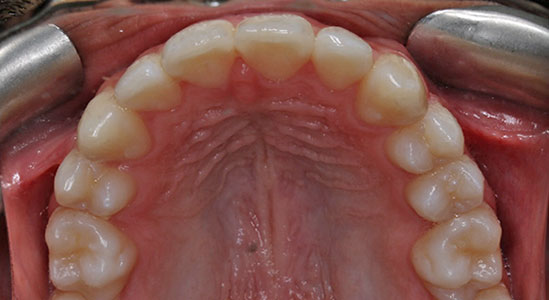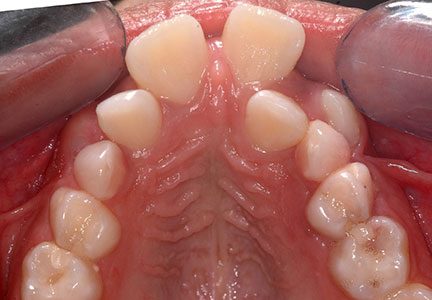|
|
|||
|
|||
Helping people with breathing disorders since 2001 |
|||
| 20 Arthur Street, Freemans Bay, Auckland 1011, New Zealand | Phone +64 9 360 6291 | Email info@buteykobreathing.nz Download our leaflets [PDFs]: Do you suffer from asthma or allergies? » Do you snore or suffer from sleep apnoea? »
PRIVACY POLICY Site design © e-compass.nz 2015 |











